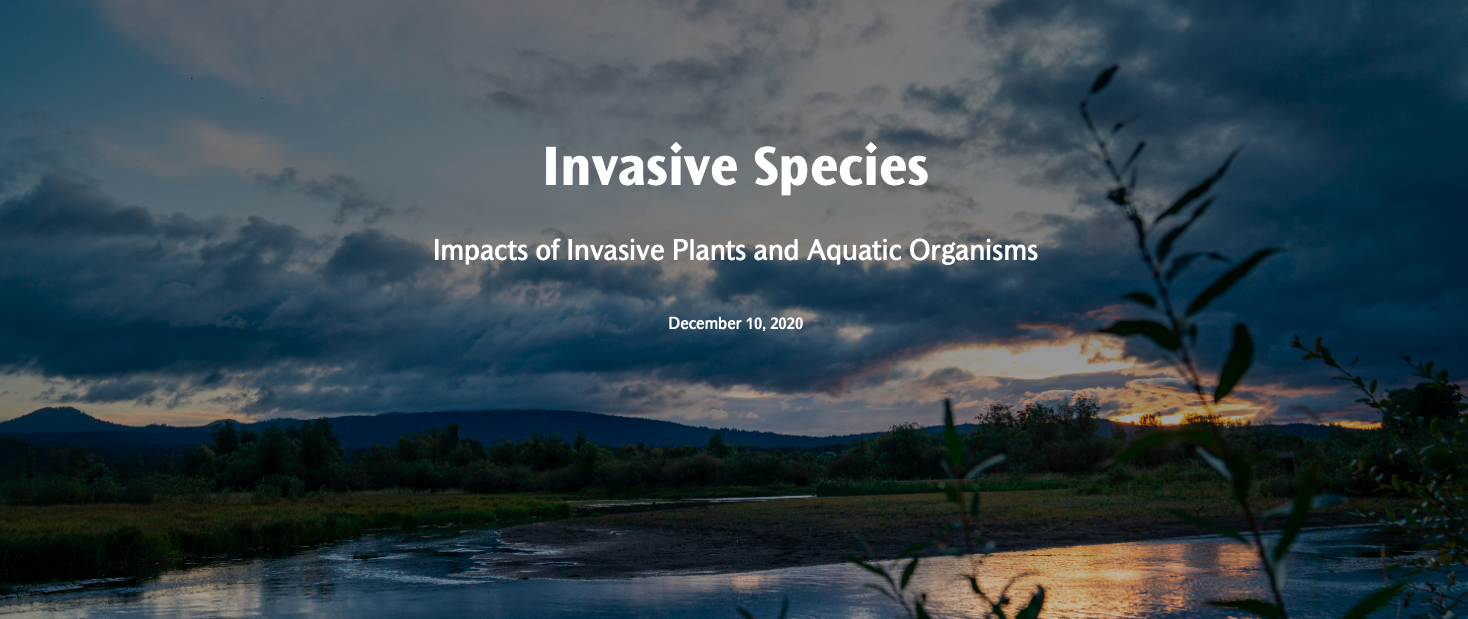Flowering rush is an aggressive, invasive aquatic weed that has been documented in Idaho, Washington, Oregon, and Montana. This plant has the potential to invade and disrupt native marshlands in the Columbia River Basin and the impact of flowering rush on spawning habitat for native salmonid species is a growing concern.
Achieving sufficient herbicide-plant contact time for successful plant control is one challenge when using aquatic herbicides to manage vegetation growing in flowing water systems. The US Army Corps of Engineers recently released a video that summarizes a unique approach to overcome this challenge by utilizing a bubble barrier system to curtail water flow, confine herbicide treatment, improve weed control, all while reducing impacts to non-target species: "Flowering Rush: Controlling an Invasive Species through Innovation and Partnership with the Walla Walla District".


